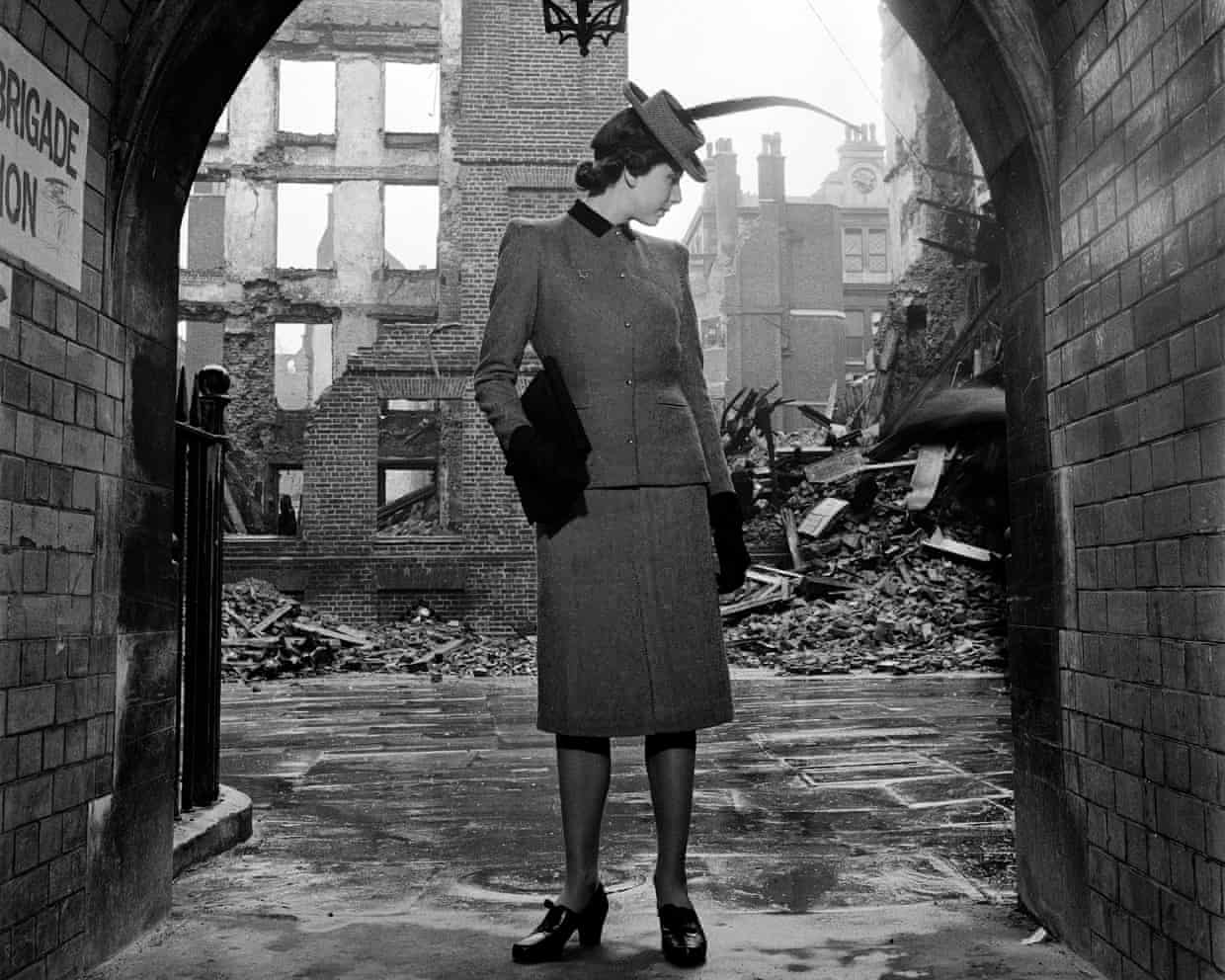This autumn, Tate Britain will host the largest retrospective in the UK dedicated to the celebrated American photographer and photojournalist Lee Miller, whose work includes some of the most iconic images of contemporary times.
The exhibition will span the full scope of Miller’s illustrious career, highlighting her involvement in the French surrealist movement as well as her fashion and war photography.
Additionally, it will delve into her artistic partnerships and explore lesser-known aspects of her oeuvre, including her evocative photographs of the Egyptian landscape taken during the 1930s.
Featuring approximately 250 vintage and modern prints, many of which have never before been exhibited, the retrospective aims to unveil “Miller’s poetic vision and fearless spirit,” according to Tate.
Miller, born in 1907 in Poughkeepsie, New York, was first introduced to photography during her modeling career in the late 1920s, where she collaborated with renowned photographers such as Cecil Beaton and Edward Steichen. This experience ignited her passion for photography, rapidly positioning her as a leading figure in the avant-garde scene.
After relocating to Paris in 1929, she began working with the visual artist Man Ray, becoming his student, muse, and lover. Together, they explored solarisation, a photographic technique producing halo-like effects by manipulating light exposure during processing.
In the early 1930s, Miller turned her camera towards the streets of Paris, capturing the surreal hidden within everyday life. Her innovative compositions, utilizing crops, unusual angles, and reflections, reinterpreted well-known Parisian landmarks, from Notre Dame Cathedral to a Guerlain perfume shop window.
With the onset of World War II in 1939, Miller moved to London and shifted her focus to photojournalism, serving as the official war photographer for British Vogue and one of the select few female war correspondents on the front lines.
The exhibit will highlight her evocative portrayals of war-torn London, including pieces such as “You Will Not Lunch in Charlotte Street Today” (1940) and “Fire Masks” (1941), which encapsulate the poignancy and absurdity of life during wartime.
In addition, her work will encompass the contributions of women on the home front, heart-wrenching scenes from the battlefield, the liberation of Paris, and the stark realities of the Buchenwald and Dachau concentration camps.
These images will be accompanied by excerpts from Miller’s own essays published in both British and American Vogue.
The show will also present the striking portraits of Miller and David E. Scherman in Hitler’s private bath in April 1945, taken shortly after their visit to photograph Dachau. These images, now considered some of the most remarkable of the 20th century, feature Miller deliberately dirtying Hitler’s bathroom with mud from the day’s grim visit to the concentration camp.
Miller’s life and work have inspired various artistic interpretations, notably in the 2005 musical “Six Pictures of Lee Miller” and the 2023 film “Lee,” starring Kate Winslet as Miller. She was also referenced as an inspirational figure in the 2024 film “Civil War,” featuring Kirsten Dunst as a war photographer.
The exhibition is scheduled to run from October 2, 2025, to February 15, 2026.

